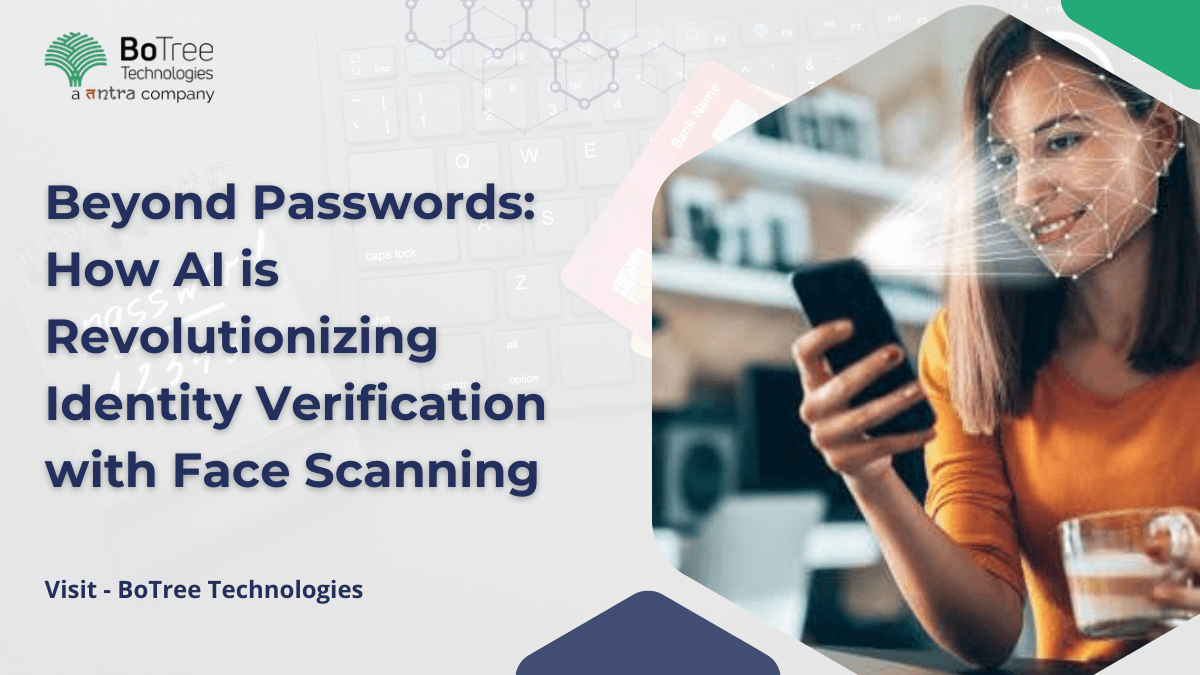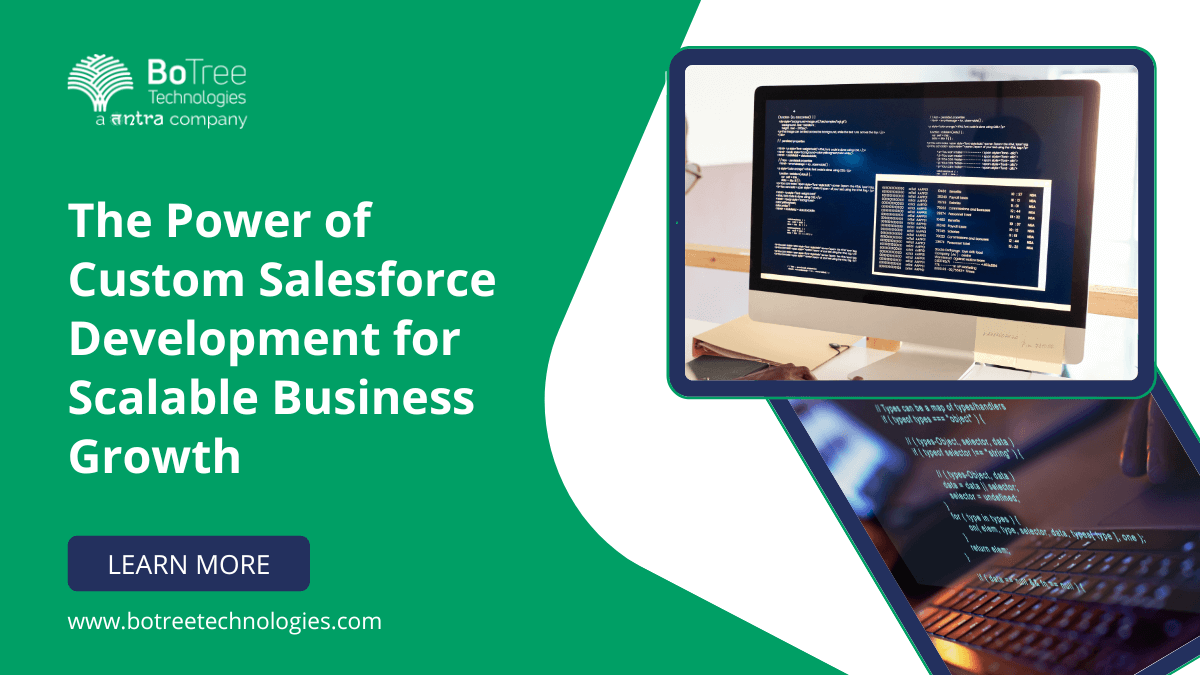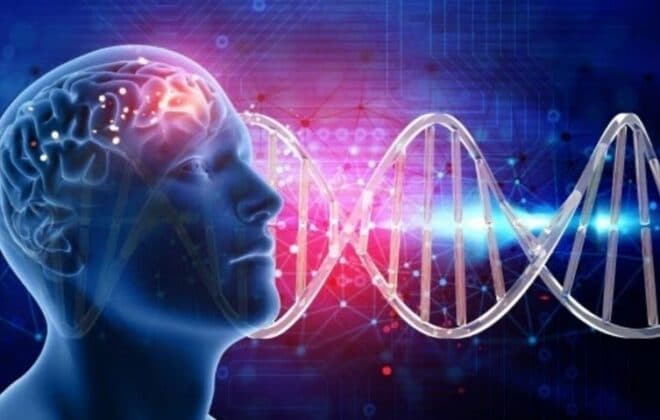
Beyond Passwords: How AI is Revolutionizing Identity Verification with Face Scanning
In this digital era, users are familiar with face scanning, as mobile phone use is widespread nowadays. Mobile phones and other digital devices allow people to unlock their phones with face scanning. It does not depend on a database of photos but just on the person. So, face scanning technology has been used for a long time, but its power has been utilized correctly in identity verification systems to make them sustainable.
The world is moving towards facial scanning, benefiting the scanning technology industry. The last goal is to minimize financial fraud and identity thefts, which have increased since the industry became more digital.
Global Investment in Face Scanning Technology
The Facial Recognition market is expected to reach US$5.71 billion in 2024. It shows companies selling facial recognition technology will make a total revenue of $5.71 billion in a year by providing services.
The market size is expected to grow yearly at 10.40% from 2024 to 2030. The growth rate indicates how much the market is expected to increase annually on average. By 2030, the market volume is predicted to be US$10.34 billion, meaning that the total revenue generated by facial recognition technology is expected to double.
The United States will have the largest market size compared to other countries, with revenues reaching US$2.06 billion in 2024. This indicates that sales in the United States will drive a significant portion of the global facial recognition market.
Face Verification Process – Step-by-Step Complete Guide
There are four significant steps in the face verification process, which are explained below:
Step 1: Face identification
It intercepts facial recognition in images with the face or only the face that pops out among others. With the use of algorithms, the experience of seeing professional faces even in crowded places was created. In this configurable environment, the user will gaze straight into the camera lens. It utilizes diverse facial characteristics, for instance, the inter-eye distance, the shape of nose, and the facial contour, to determine your own appearance. This technology is leading in security systems, mobile devices and surveillance cameras adoption for access control and identification. Facial identification is 24/7/365 and allows a smooth user identification without the need for physical cards or passwords.
Step 2: Face Study
Facial recognition is commonly known as face analysis which uses nodal points and determines what is distanced between the eyes and what the facial bones look like. The system will store this data for additional operations. It encompasses facial expressions analysis by closely looking at such factors as micro expressions, eye movement, and muscle tension that eventually help us discover emotions and intentions. Face Study proves highly applicable to fields such as psychology, sociology, and anthropology and even in the attempts to create artificial intelligence as it helps form the basis for a deeper understanding of human relationships and emotional expression. Researchers in this field employ techniques such as facial recognition software, physiological measurements, and observational studies to delve into the complexities of facial communication.
Step 3: Transform an Image into Data
The face analysis is encoded in the form of a faceprint which exists in cryptic encoding similar to some secret mathematical system. Everyone has a unique faceprint due to differences in facial characteristics like bone structure, skin texture, and hair color. The process of doing this often involves deconstructing the image in terms of pixels and using color values instead of representing each pixel numerically. When this conversion is employed, various applications like image recognition, compression and transmission can be supported due to the fact that images can be easily analyzed, manipulated and stored.
Step 4: Locating a Match
Then the system examines the user’s face code and correlates with the data on the card database to identify the person as authentic. This is how a face recognition scanner is made more efficient when searching for a particular person or for identity verification.
By following these steps, identity verification will be completed successfully.
Use Cases of Facial Scanners in Daily Life
Below are the following use cases of facial scanners in the daily lives of different organizations, institutes, and firms: Facial scanners are rapidly connected with our activity in the world, and may be the problem, or solution of a certain necessity. First of all, they simplify the access check-in to places of work and dwellings, and enhance security by having the ability to properly identify people. Almost immediately, they facilitate the validation of mobile devices and online accounts by defining alternative more comfortable and secure ways of checking in. Last but not the least, they contribute to the creation of personalized adverts by studying the demographic characteristics and adjusting them correspondingly Fourthly, face scanning system is widely used in the hospital to identify patients and proper medical history could be matched to facilitate proper treatment. The technology underpins law enforcement agencies systems when it comes to tracking and tracing of suspects as an extra means of criminal investigation.
Law Enforcement Departments
Law enforcement agencies scan the faces of the arrested individuals, and keep the data in the database resulting in the storage of lots of data. Saved data will be in great demand not only for the present but for future use too. As per an article on NBC, the face verification technology is increasing at a faster rate in the US, later it can be used for an investigation and it also data storage for trespassers or criminals mentioned there. Instagram’s adoption of facial verification is a cutting edge technology used by police forces internationally that improves the safety system. This system utilizes facial features to determine whether a crime suspect or criminal is actually that individual, by comparing details with those stored in known databases. It makes it quick and easy for identification; thus criminals and criminals attacks can be stopped before they happen. Law enforcement innovation involves adding facial verification to the arsenal of traditional means of crime prevention. This way, the police can have precise and reliable inquiries. Although privacy affects the trust that the community has in the surveillance system, its contribution towards public safety is significantly indicative of a necessary tool for modern policing.
Border Controlling Sectors
Face recognition technology is being utilized by border controllers in large-scale events like the Summer Olympics to ensure we do not have crush terrors among the audience. The Department of National Security of the United States had requested that in 2023, the majority of the traveler check-in be using the biometrics service for face recognition. Surveillance at the border is very difficult by using facial verification. The people’s scrutiny becomes easier with the help of advanced technology. This step sees the advancement of the security system by identifying travelers properly, leading to excellent border control. Facial features matching with the database securely digitally is where the authorities are able to check in realtime if there are any discrepancies. This was accomplished through state-of-the-art streamlining of the border control processes, progressing the processing of passports and other documentation at border posts as well as the level of security. Safety through the biometric system gains importance by its non-manipulative mechanism and high precision which constitute a reliable factor in the border security strategy.
Locating Missing Persons
Utilizing facial recognition technology, lost persons can be found and, in the context of human trafficking, it can be used for finding human smugglers as well. Hence if they are registered in the system, contact with the Law Enforcement Department will be made in case they find anyone possessing similar images in sales outlets, airports and other public places. Identification of missing persons by the facial verification system is a crucial role of the system holding the source of information to match face images across databases and footage. This procedure facilitates the authorities and organizations in finding missing people by delaying the procedure of correct identity of the individual. Among facial recognition methods, this one is used by comparing necessary parameters such as bone structure and facial ratios with existing records. In this way, it is able to lead facial verification to a more narrowed result and thus families are able to be reunited more rapidly. This process, together with other geographic information systems’ capabilities, generates precision and dependability in search activities, making loved ones missing find a sense of accomplishment and peace of mind globally.
Banking
Financial services obviate the use of facial recognition technologies in user identification purposes. A passwordless system is used, where the system employs features of face recognition instead of using passwords to make sure the authentication is dependable. This will give hackers no avenue to account for their hacks or scams, thus reducing the number of money frauds. Verification of a face in banking is initiated by, putting into use the biometric technology and identifying with the facial recognition algorithms a customer. By including this option, all the security concerns about identity theft and fraud will be eradicated. Banks can do so by scanning and analyzing the unique individual feature and abstract information as well as prevent unauthorized people from exploiting the financial activities. This technology is facilitating better customer experience by obviating the need to physically use a document or passwords, hence authentication being a quick process. Last but not least, facial verification technology has the capacity to advance regulatory compliance that keeps financial institutions and their clients secure from nestled dangers.
Unlocking mobile Phones
Recently, many new mobile phones have introduced facial recognition to unlock phones. Being one of the most crucial security items, the password protects confidential data and there is no way that it can be accessed. For companies This is the claim they make that no other people can do it unless the system is updated because it is highly secured.
Through facial verification, the applications on the phone become accessible to the user as they get locked and unlocked with facial recognition technology. Such feature is the ability of the system to analyze unique facial structures and thus forbidding entry by unauthorized users, the security and the privacy thereby becomes enhanced. The handy way to exempt the common passwords or PINs is one that designates the overall shortage of users. At the same time with the overwhelming development of Artificial Intelligence and Machine Learning algorithms, the facial verification model is reaching the perfection that it is currently being used as the secure identification tool. Matching around smartphones ensures a built-in feature allowing the users to do quick, easy, and much safer operations in the blink of an eye.
Last Statement
In this transformed era, organizations and firms are moving towards face scanning verification as it is the most authentic and defined process. The benefits of facial recognition It authorizes the system and makes the users more reliable. Implementing the face verification system involves some challenges, like illumination, face sizes, and poses. By following the complete guidelines of face verification, the system will become organized professionally. Authorities should also advise implementing identity verification technology for local organizations to increase reliability and authenticity. That’s how sustainable systems could be created in an organized way by implementing face-scanning technologies to make it professional.




